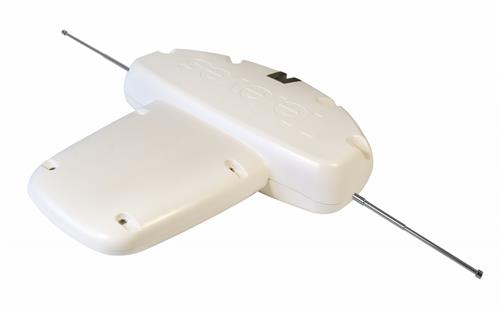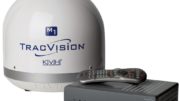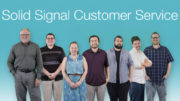Folks, we can all agree that channel blackouts are no fun. Even though there seem to be fewer now than in past years, they’re still an annoying fact of life. The real question is how you will deal with them.
Why do blackouts happen?
Because content providers are greedy.
OK, there’s a little more to it than that. The FCC says that a content provider (like ABC, Fox, Discovery, or that sort of thing) has a choice when it comes to working with pay-TV companies like DIRECTV and DISH. Either, they can provide their feed for free but demand that the pay-TV company carry it, or they can choose to charge for their content and reserve the right to tell the pay-TV company when they can and can’t air it.
Obviously they’re going to choose the money.
So, a company like Disney, or a local provider like Sinclair, signs a contract with DIRECTV or DISH to get paid to carry a channel. Those contracts typically run about three years. When the contract is coming due, the lawyers all sit together. Usually the content provider wants more money and the pay-TV company doesn’t want to pay that.
If negotiations break down, the content provider pulls the channel. It’s their decision to do it and the pay-TV company doesn’t really have any blame.
What happens during a channel blackout?
Generally you’ll see the channel disappear from the guide and if you try to tune it you’ll just get a message saying it’s not available. Sometimes these blackouts are quick, but in the summer when both sides don’t have a lot to lose, they can go on for a while.
Can’t you just stream that stuff?
Here’s a scenario. Let’s say you’ve lost your local FOX station because of a channel blackout. Can’t you just go to the FOX NOW app and watch live there? Can’t you just get your channels that way?
Unfortunately the app tends to go away at the same time the channel does. You may not be aware of this, but your pay-TV provider gets charged for access to that app, even though they give it to you for free. When a content provider demands a channel be blacked out, they also pull access to the app.
Some content is going to be available over an app like Hulu if you pay for it, but not the local content. You’ll have to look elsewhere for local news and sports.
That’s why antennas are a better option.
With a TV antenna you’ll know that no one can take away your access. If that station is broadcasting, and you’re in its broadcast area, you’ll get it, simple as that.
Yes, antennas provide you every channel in your area, live and with the best possible quality. You can even connect a box like this one to have basic DVR function.
An antenna beats an app, hands down, because there’s nothing more to pay, it works even when your internet is out, and it gets all the channels in your area not just a few.
What about something like Locast?
Locast is a service which streams your local channels for free, if you’re in one of the areas that it serves. They do ask for voluntary donations, but their operations are subsidized by pay-TV companies. Locast is built into DIRECTV receivers and you can also get it as an app for practically any device.
Locast works well and does give you almost every channel, but there are two things to consider. First is that you have to be in one of these cities:
- Los Angeles
- New York
- Philadelphia
- Boston
- Washington DC
- Baltimore
- Chicago
- Houston
- Dallas
- Sioux Falls
- Denver
- Rapid City
- San Francisco
The second is that currently, a coalition of broadcasters are suing Locast. They say Locast only exists to deprive them of revenue that they would get from pay-TV companies.
Until this lawsuit is settled, and it could be a while, an antenna is the best bet. Don’t know which one to get? Get a free antenna recommendation now from Solid Signal. There’s no obligation and your request will be reviewed by a real technician in our US offices.





